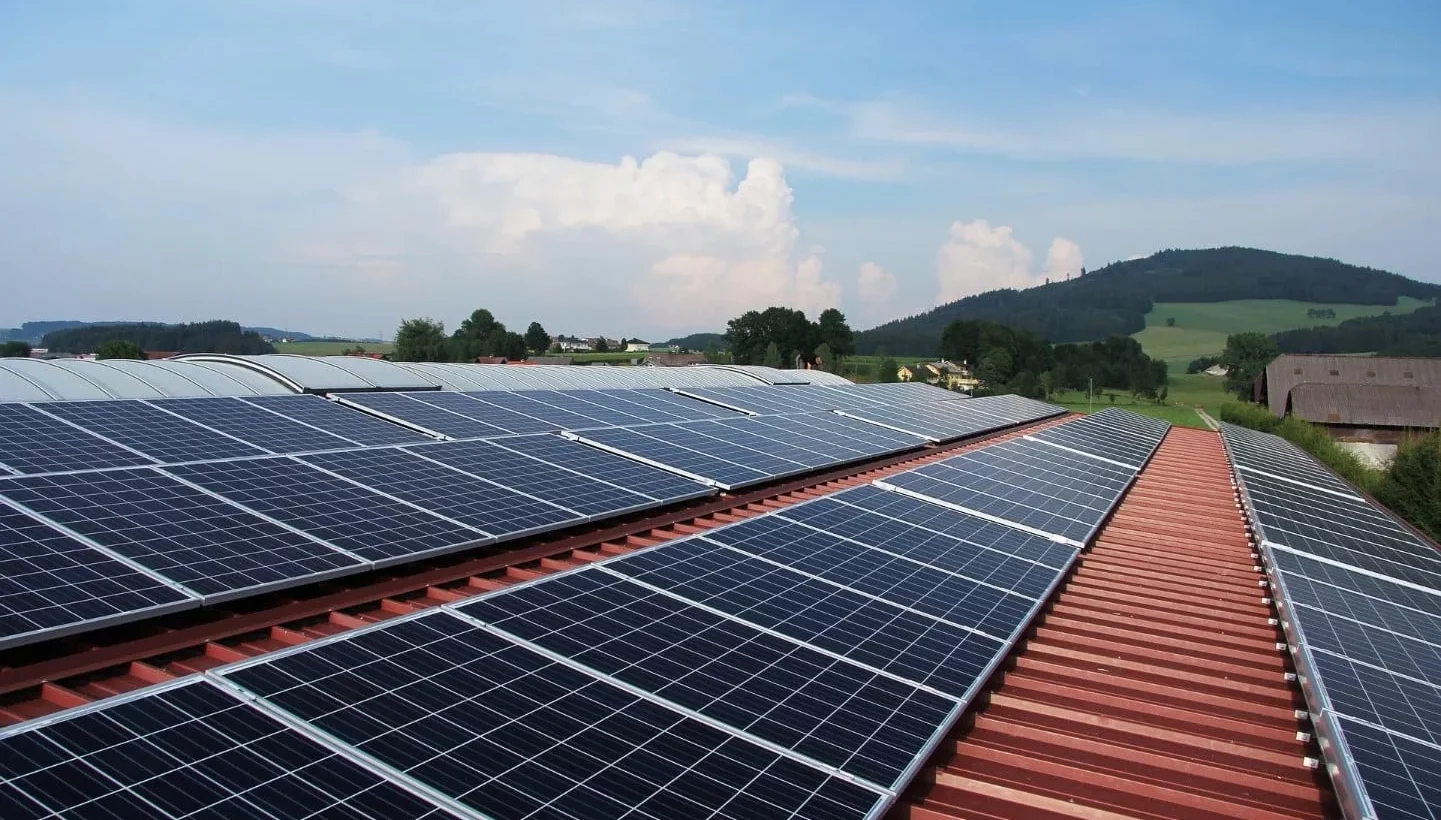This article is your guide to a solar power purchase agreement (PPA). A PPA is a way that homeowners can have solar panels on their property, but not have full responsibility of the units, as a third party company owns and operates them. By opting for a solar PPA, you can reap the benefits of solar energy without the hefty initial investment. However, it’s crucial to keep in mind that while the upfront costs might be low, a power purchase agreement solar program might stretch your expenses over a longer term.
Here at The Energy Professor, we want to give you the information you need to not only save money on your energy bill but to also become more energy efficient. We hope find this post helpful! And makes it easier for you to know more about solar power purchase agreements. Be sure to also check out our one-of-a-kind energy savings calculator!
The Energy Professor Electricity Rate Check Tool
What is a Solar Power Purchase Agreement?
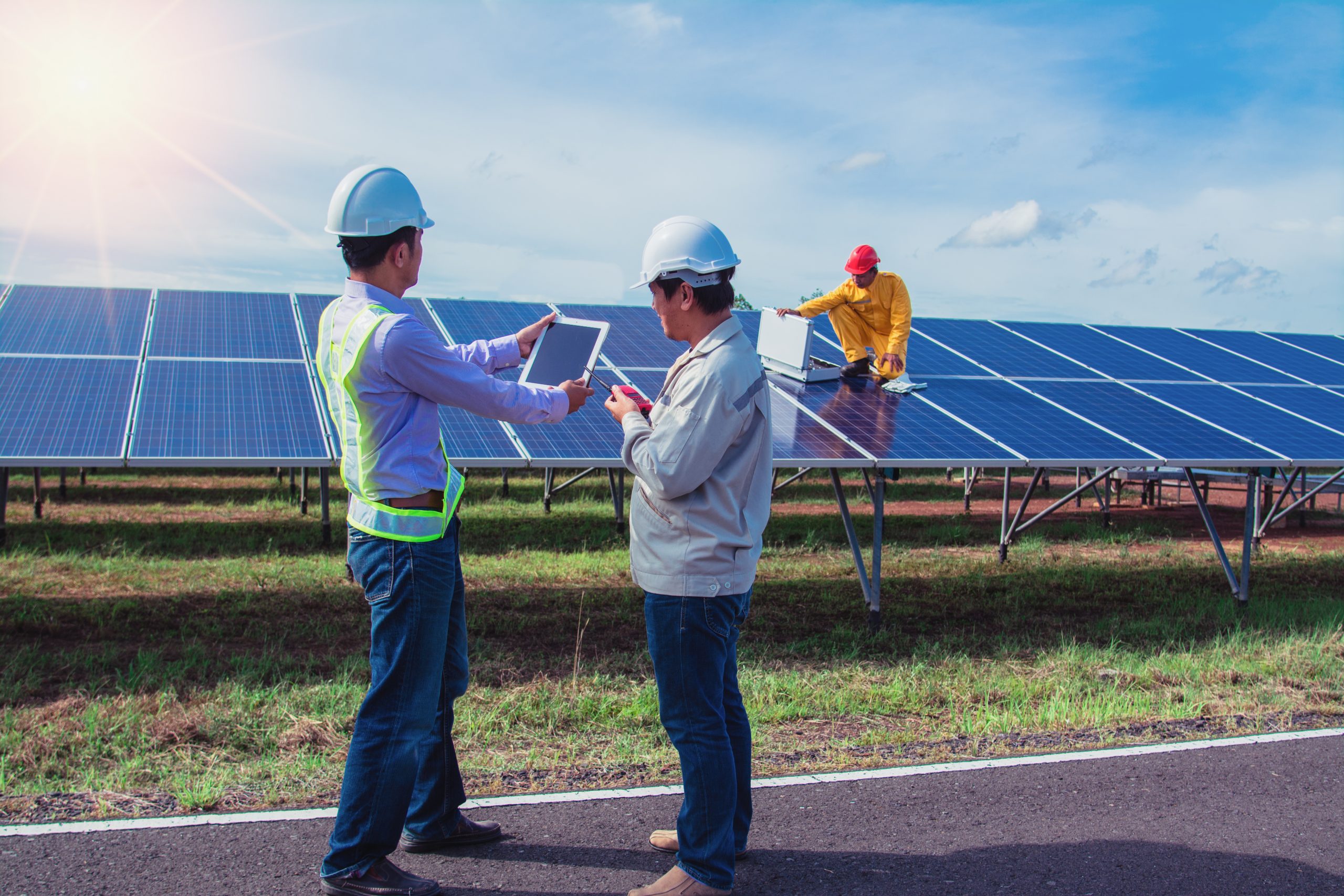
A solar power purchase agreement (PPA) is a financial arrangement in which a third-party developer installs, owns, and operates a solar energy system on a customer’s property. The customer agrees to purchase the electricity generated by the system at a predetermined rate, usually lower than the local utility rate, for a specified period, typically 10 to 25 years. This allows the customer to benefit from solar energy without the upfront costs and maintenance responsibilities of owning the system.
What is the point of a Power Purchase Agreement (PPA) in Solar?
- A PPA is designed to mitigate the financial and operational challenges homeowners face when switching to solar. Its primary goal is to simplify the transition to solar energy without hefty initial costs.
But who exactly drives these PPA solar agreements?
The majority are orchestrated by renewable energy investment firms. There are over 200 specialized companies globally, committed to propelling renewable energy adoption for homeowners. Their business model? It’s quite ingenious. Once they’ve financed and installed the solar panels on your property through a purchase power agreement, they sell the generated energy back to you at a predetermined rate, ensuring a win-win scenario for both parties.
Related Post: Complete Guide on Solar Leasing
The Pros & Cons of Solar Purchase Power Agreements (SPPA)
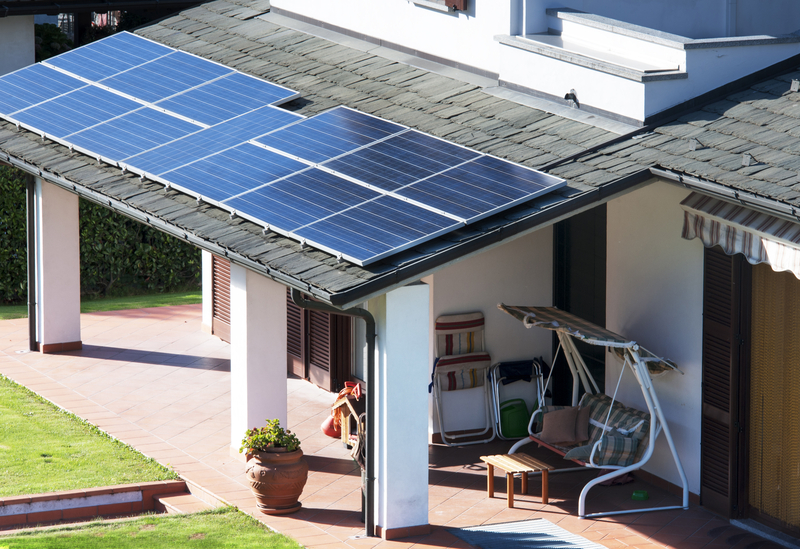
Pros:
- Zero initial investment required
- Consistent energy pricing safeguarding against market fluctuations
- Boost your eco-credentials by being solar-powered
- No worries about system performance or operational hiccups
- Immediate positive cash flow from the onset
- A tangible showcase of your commitment to the environment
- Significant reduction in carbon emissions
- Bolstering the local economy and championing job opportunities
- Potential surge in property value due to solar integration
Cons:
- Often involves intricate negotiations, possibly incurring higher transactional costs compared to direct PV system purchase
- Dual electricity billing scenarios if the solar installation doesn’t cater to 100% of the property’s energy consumption
- An uptick in property taxes following any reassessment due to increased property value
- Restrictions imposed by site lease agreements, hindering potential property modifications affecting PV system efficiency or access
- Essential comprehension of Renewable Energy Certificate (REC) ownership and sale trade-offs
Related Post: Advantages and Disadvantages of Solar
What is the Difference Between a Solar Lease and a Solar PPA?
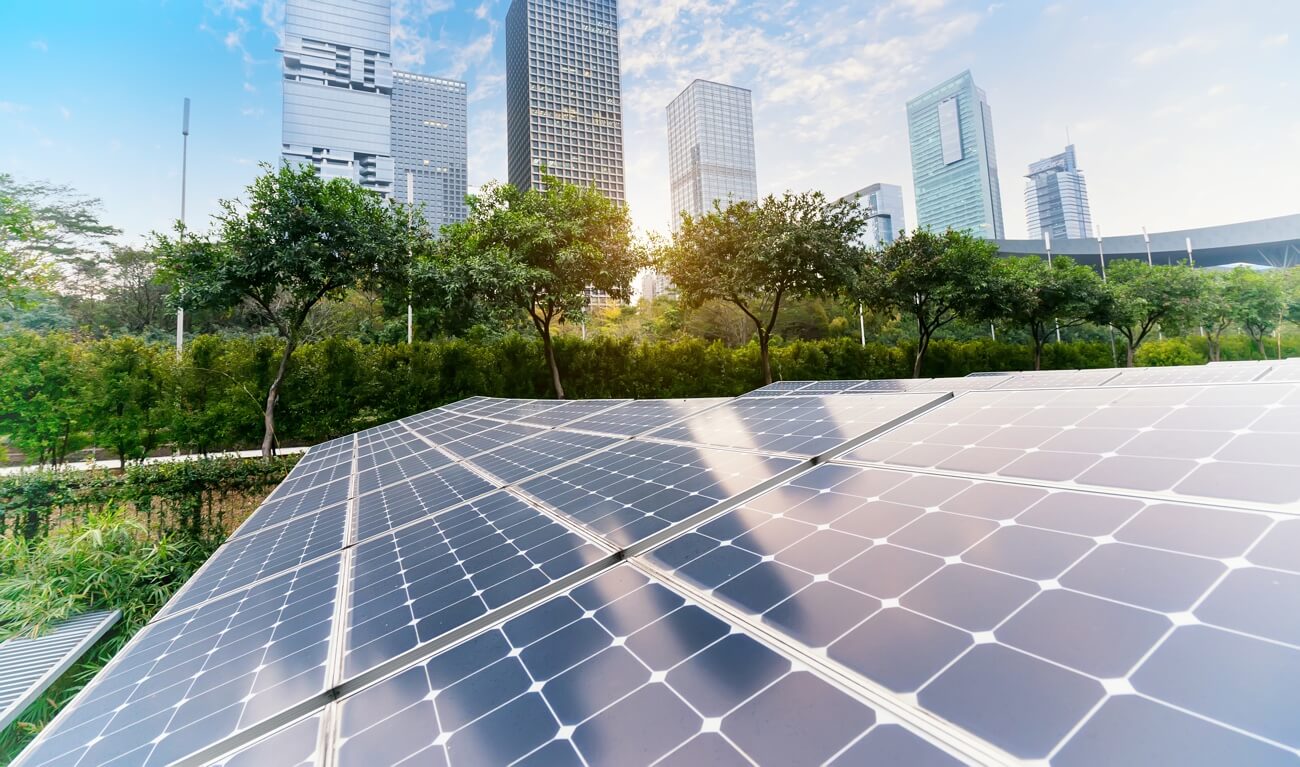
The primary difference between a solar lease and a solar power purchase agreement (PPA) lies in how the customer pays for the solar energy system and its output:
- Solar Lease:
- Payment Structure: The customer pays a fixed monthly fee to lease the solar energy system from a third-party owner.
- Energy Usage: The monthly lease payment remains the same regardless of how much electricity the system produces or the customer’s energy consumption.
- Cost Predictability: Offers predictable monthly costs but does not directly tie payment to the amount of electricity generated.
- Solar PPA:
- Payment Structure: The customer pays for the electricity generated by the solar energy system at a predetermined per-kilowatt-hour (kWh) rate.
- Energy Usage: The monthly payment varies based on the actual amount of electricity the system produces.
- Cost Savings: The per-kWh rate is usually lower than the local utility rate, which can lead to savings on electricity bills.
Related Post: What Do Tesla Solar Panels Cost?
Solar Power Purchase Agreement FAQ
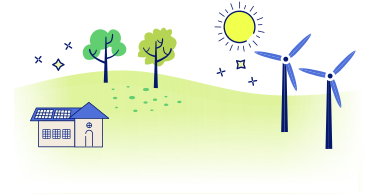
Q: What Are The Tax Incentives For Solar Power?
A: The main tax incentive for solar power in the U.S. is the Solar Investment Tax Credit (ITC), which lets homeowners and businesses deduct part of their solar installation costs from federal taxes. The ITC rate has been decreasing over time. Additionally, many states provide solar incentives. It’s best to check local resources or consult a tax professional for current details.
Q: What Are Common Solar Power Laws?
A: Common solar power laws include Net Metering for selling excess power back to the grid, Interconnection Standards for grid connections, state-specific Renewable Portfolio Standards (RPS), Solar Access Rights protecting sunlight access, and safety-focused Building and Electrical Codes. Local and state regulations provide detailed specifics.
Q: Who Are PPA Developers?
A: PPA Developers are companies or entities that finance and install solar energy systems on properties, selling the generated power back to the property owner at a fixed rate under a Power Purchase Agreement (PPA). They typically bear the initial costs and maintenance, allowing property owners to benefit from solar energy without a large upfront investment.
Q: What’s The Difference Between a PPA and a Solar Lease?
A: The main difference between a PPA and a Solar Lease is in the payment structure. With a PPA, you pay for the electricity the solar panels produce at a set rate. In a Solar Lease, you pay a fixed monthly amount to rent the solar equipment, regardless of how much electricity it generates. Both options allow homeowners to use solar energy without purchasing the system outright.
Do you Need Cheaper Electricity?
If you’ve taken the time to understand the information on your bill and discovered you’re paying more than you’d like for your electricity, have you looked around for a cheaper deal? The Energy Professor has a wealth of information on ways to save on your utilities, including details of top deals that could significantly reduce your monthly or quarterly electricity bills.
We hope you found this article helpful! If you are looking for ways to increase energy efficiency and sustainability in your home be sure to take a look at all of the latest renewable energy options in your area. The Energy Professor helps residential and small business owners find qualified energy suppliers in New York, New Jersey, Pennsylvania, Texas, Ohio, Maryland, Illinois, and Massachusetts.

